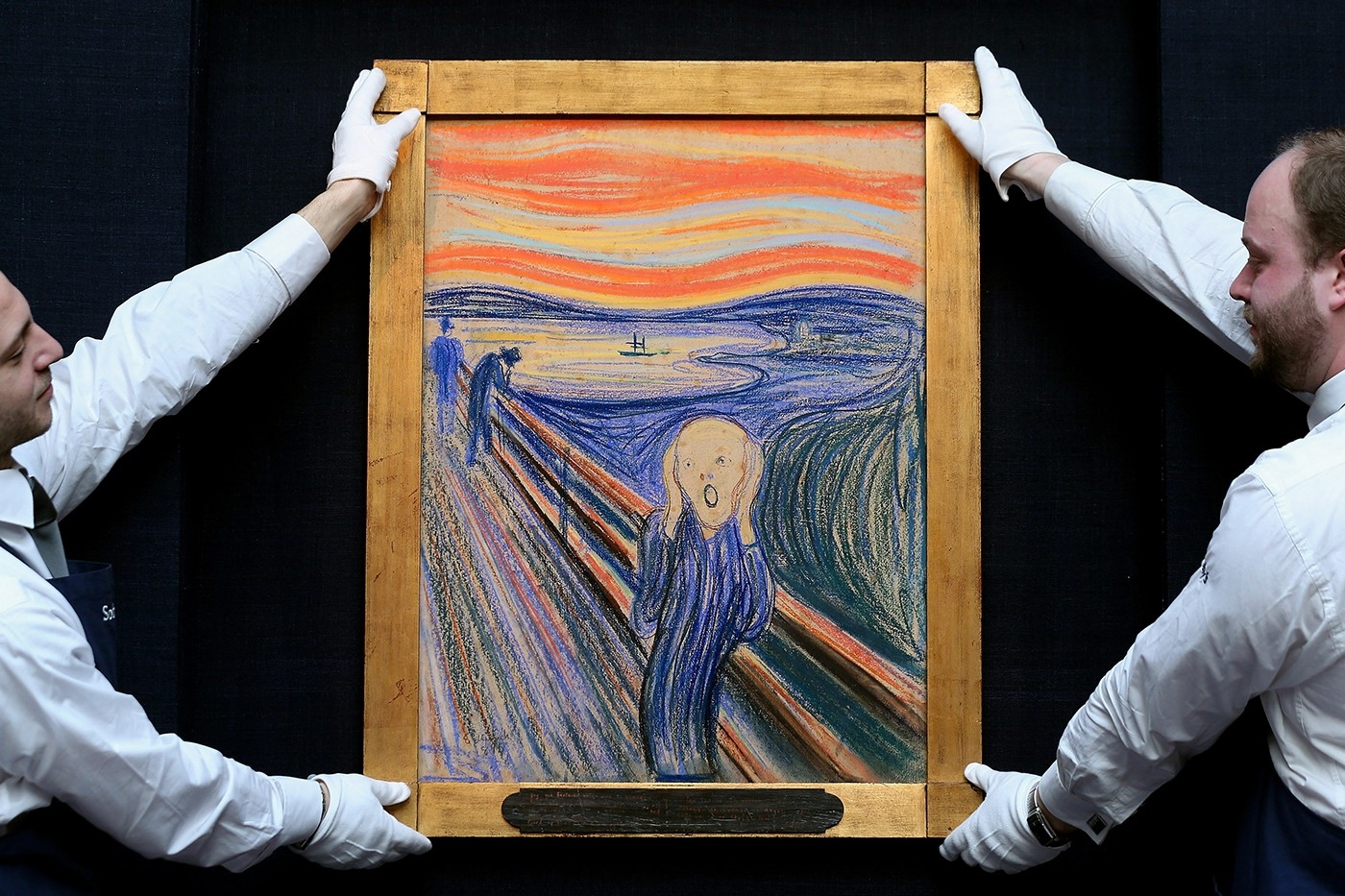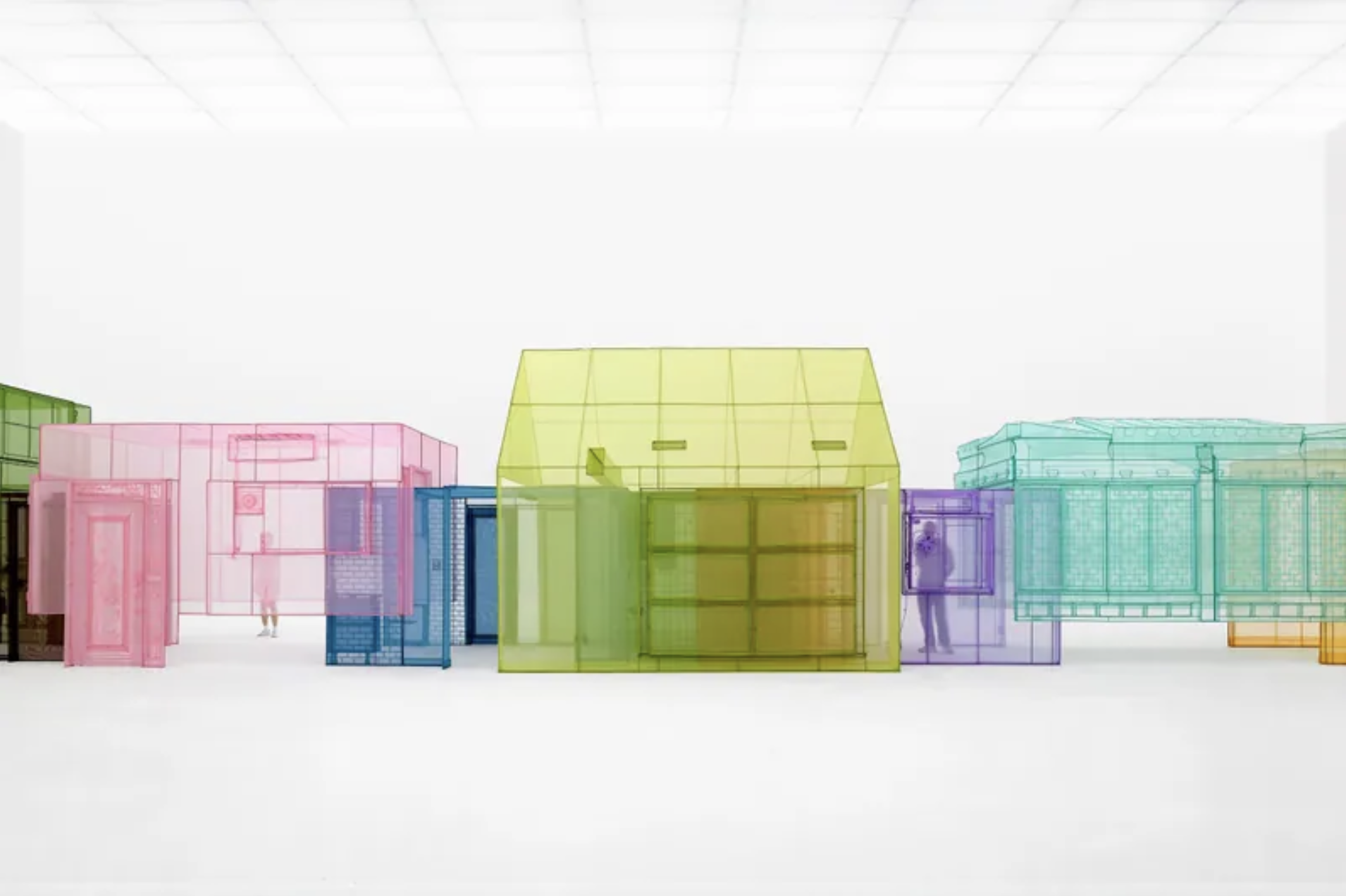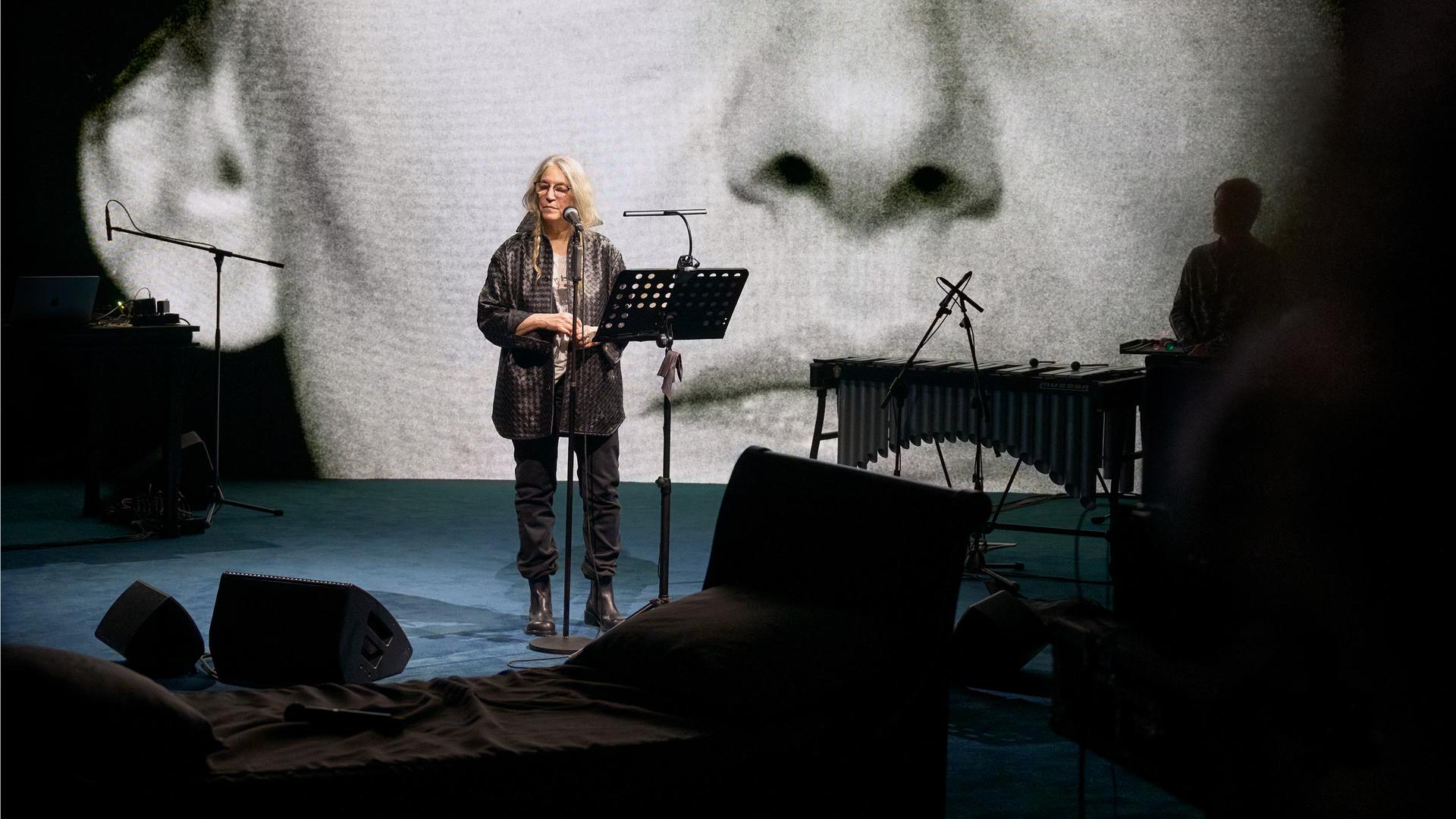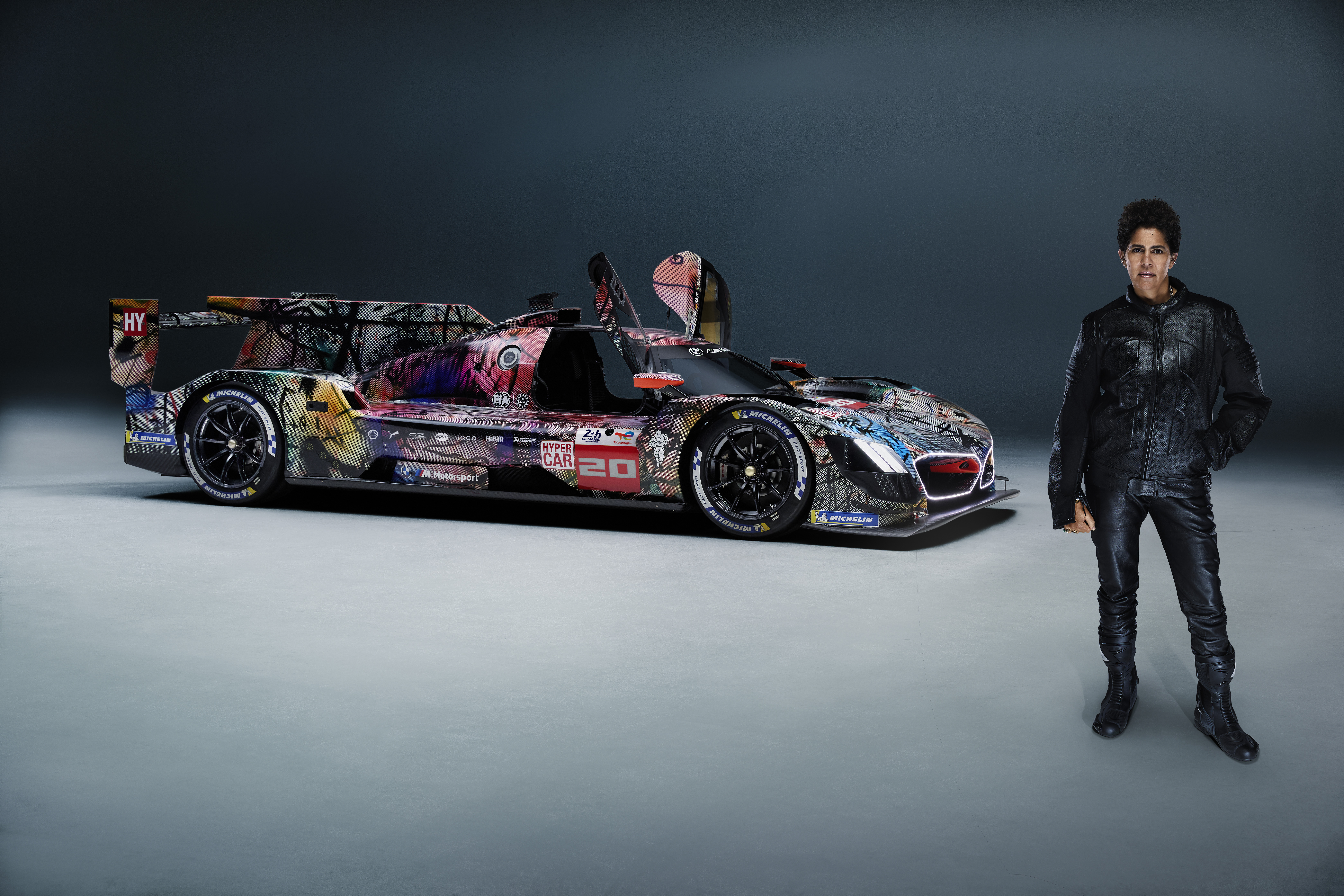Curators at Norway’s National Museum have concluded that an enigmatic inscription hidden within Edvard Munch’s famous painting The Scream was authored by the artist himself.
The sentence which reads “Can only have been painted by a madman” nestled in the top-left hand corner of the painting has baffled experts for decades, but infrared technology proved it was in fact Munch who wrote it, and not someone else. Handwriting analysis was used to compare the writing with Munch’s notes and ephemera, all the evidence points to the troubled artist as the author of the inscription.
“In 1904 it would be unthinkable to an art critic that an artist would make such an inscription on the surface of his own painting,” Museum curator Mai Britt Guleng says. While texts in paintings have appeared throughout art history, such as in medieval text rolls, or text plaques in portraits, this acerbic comment was something different. “This inscription is not an explanation about the motif as in the other cases. This is a comment about the painter’s mental health, something an art critic would never expect an artist to make himself,” the curator says.
To art historians’ beliefs, Munch could have scrawled the addition to the painting in response to the critical reception the work received when it was exhibited for the first time in his home country in 1895. The inscription was added subsequently in 1904. The deep state of anxiety the picture invokes led critics to speculate wildly on the artist’s mental state. 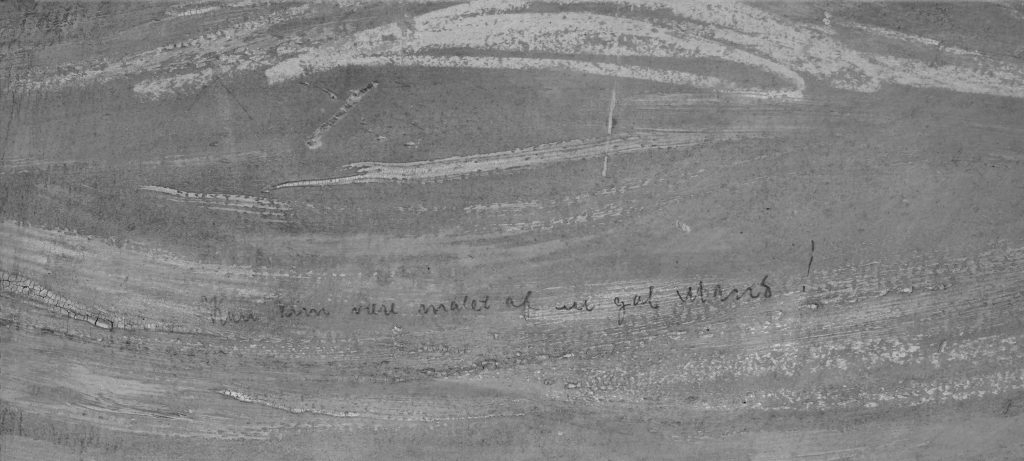
Deeply hurt by this indictment of his mental health, Munch obsessed over the incident, returning to it time and again in various letters and notes. “Munch was a complex person and the reason why he wrote it is probably just as complex,” Guleng says. “He wanted to provoke but he also wanted to be respected. It was important for him to take control of the story about Munch both to himself and to the public.”
The Scream will go on view alongside some of Munch’s other best-known works, including Madonna, The Dance of Life, and Self-Portrait with Cigarette, in the new museum’s dedicated Munch room. New research is being conducted on the body of work ahead of the museum’s planned opening in 2022.

